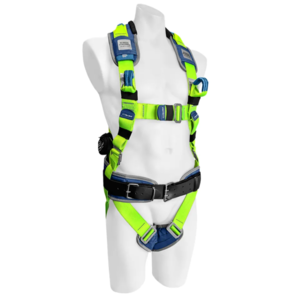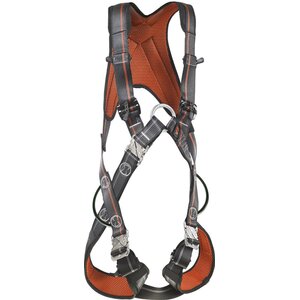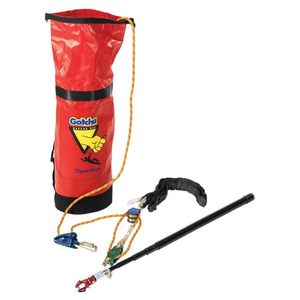In lifting and rigging, ensuring safety isn't just a priority—it's an imperative. Among the many hazards that workers face, falls remain a significant concern. The Australian regulatory framework places a paramount emphasis on fall protection safety in lifting and rigging operations. This Know How article outlines the regulations and best practices to uphold safety standards in these critical operations.
Understanding the Risks
Lifting and rigging operations often involve working at heights, exposing workers to the risk of falls. Whether setting up crane operations, handling heavy loads, or maneuvering equipment, the potential for accidents is inherent. Hence, a comprehensive understanding of the risks associated with fall hazards is essential.
 Australian Regulations for Fall Protection
Australian Regulations for Fall Protection
Australia has stringent fall protection regulations in lifting and rigging activities, primarily overseen by Safe Work Australia and state-based regulatory bodies. The key regulations include:
Work Health and Safety (WHS) Act and Regulations: This framework sets out the general duties of care to ensure health and safety in the workplace, including provisions explicitly addressing working at heights.
Australian Standards (AS/NZS 1891): These standards outline the requirements for fall arrest systems, harnesses, lanyards, and anchor points, providing detailed guidelines for equipment usage and inspection.
Code of Practice for Managing the Risk of Falls at Workplaces: Issued by Safe Work Australia, this code offers practical guidance on identifying, assessing, and controlling the risks of falls in various work environments. Risk management systems encouraged include fall prevention devices, such as barriers or scaffolding, or fall arrest systems.
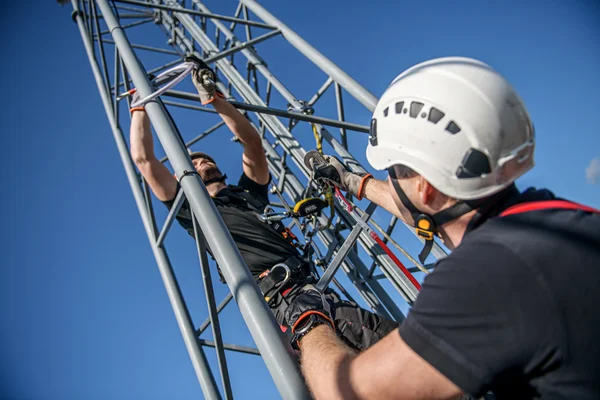
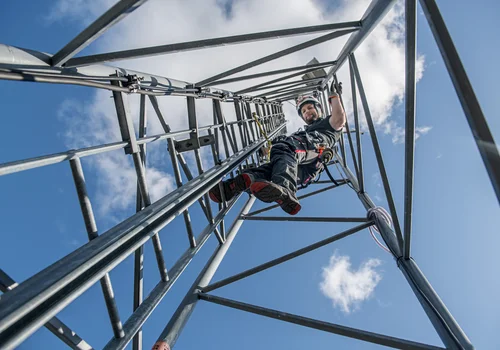
 Best Practices for Fall Protection
Best Practices for Fall Protection
Compliance with regulations is crucial, but adopting best practices goes a step further in safeguarding against fall-related accidents:
Risk Assessment: Conduct thorough risk assessments before commencing any lifting and rigging operations. Identify potential fall hazards and implement measures to mitigate risks.
Proper Training: Provide comprehensive training to workers involved in lifting and rigging tasks. Training should cover equipment usage, safety protocols, and emergency procedures.
Regular Equipment Inspections: Ensure all fall protection equipment is regularly inspected, maintained, and certified to meet safety standards. Damaged or outdated equipment must be replaced promptly.
Use of Personal Protective Equipment (PPE): Workers should use appropriate PPE, including harnesses, lanyards, and helmets, and ensure they are correctly fitted and worn per manufacturer guidelines.
Safe Work Procedures: Establish and adhere to safe work procedures specific to lifting and rigging activities. Encourage a culture of safety compliance among all workers.
Fall protection safety in lifting and rigging operations demands a holistic approach encompassing regulatory compliance, comprehensive training, vigilant risk assessment, and the utilization of proper equipment and procedures. Adhering to Australian regulations while embracing best practices is crucial in fostering a safe working environment and preventing fall-related accidents.
Prioritising safety isn't just a legal requirement; it's a moral obligation. By continually evaluating and improving safety measures, lifting and rigging companies can ensure the well-being of their workers and uphold the highest standards of professionalism and care in their operations.
